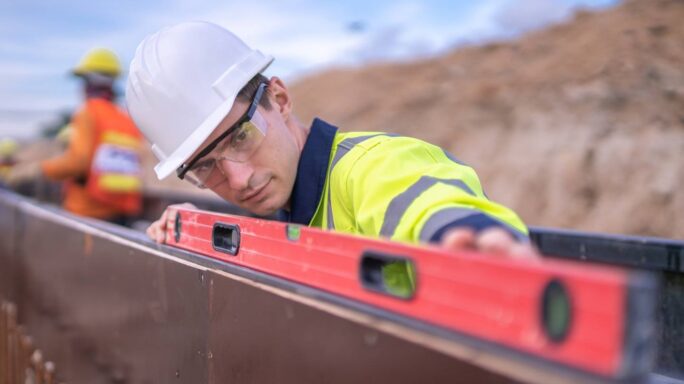Strategy, Legal & Operations
Construction, pick-up lines, and economics
I had no idea that the Baltic Dry Index could be used as a pick-up line back in the day! Who knew?
Anirban Basu, chief economist for the Associated Builders and Contractors (ABC), spoke recently on construction-related economic conditions during a Construction Financial Management Association (CFMA) event at Sage offices in Beaverton, Oregon.
Basu recounted how, as a young man, he discovered the Baltic Dry Index and used it as an opening line when dating. This resulted in having even more time on his hands to learn economics. As he tells it, eventually he gave up the pick-up line and got married, but he didn’t give up economics.
It turns out the Baltic Dry Index is a leading economic indicator. The index tracks commodity shipment billings, which lead finished goods production by months.
Stay with me, we’ll get to the construction part.
During Basu’s hour-long presentation of indices and stats, he interjected humor, related the information to the construction industry, and clipped along at fast pace. Everyone in the room—all who work in construction at some level—stayed highly engaged.
International investments in U.S. real estate development
Basu laid out how international trade and economics affect the U.S. and local markets, especially in construction and development projects.
It turns out that there are several conditions currently happening at once:
- The largest demographic group today in the U.S. is 24 to 26-year-olds, and those ages hold spots one, two, and three in sheer numbers. Baby boomers have been outnumbered by these millennials.
- Millennials like to rent, not buy. This will change when they start families in earnest and want homes, but that won’t happen for several years.
- International investment money is pouring into U.S. real estate development and construction of apartments, not condos. Apartments are being built beyond demand. Interestingly, the home ownership rate is at a 50-year low, as are interest rates. According to Basu, these facts don’t matter to investors who look to park money safely in apartment investments. New York City, south Florida, and southern California top the list for investment–with Portland, Oregon and Iowa rounding out the top 10. The highest population growth metropolitan areas are magnets for millennials looking for rentals and so lead the way for real estate investment and development of apartments.
- Big international investment money is not going into soft or risky economies like Europe, the Middle East, Africa, China, Japan, and Korea. And it is not going into the stock markets, gold, bonds, or other investments. The money, at one time, was heavily invested in commodities. Here’s where the Baltic Dry index shows softness in the commodity pre-finished goods trade.
All this leaves the US as the best place for large international investors. That money triggers construction growth.
Other construction takeaways
I also grabbed these takeaways in between chuckles and outright laughs at Basu’s economic jokes during the presentation:
- Business optimism, especially in U.S. construction, spiked up in December and is expected to continue. Investment in businesses is growing. A real estate, business- friendly president seems to have created optimism.
- The construction industry sits in the top 10 position of industries adding jobs in 2016 and is expected to do even in better in 2017.
- Construction jobs are being added at a fast pace but it is state dependent and tied to a location’s job availability for and attractiveness to millennials.
- Home ownership is down.
- New multifamily construction is at an all-time high.
- Architecture billings, a leading indicator for construction industry strength, spiked up in December 2016 and is expected to stay high for the foreseeable future.
- Medicare and Social Security will run out of money and will be very costly to the U.S. economy, maybe triggering a correction in the 2020s.
Bottom line
The next two years should be excellent for construction.
Basu predicts in a few years there will also be the usual periodic recession that comes in cycles. Then there will be a boom in the 2020s when millennials settle down in large numbers and move to the suburbs and boomers want apartments turned into condos.
Be ready. All this points to managing your company extremely well, getting a smart business plan in place, knowing your strengths and weaknesses, and automating business processes, ASAP.
Editor’s note: Special thanks to Anirban Basu for an informative and engaging presentation.






Ask the author a question or share your advice